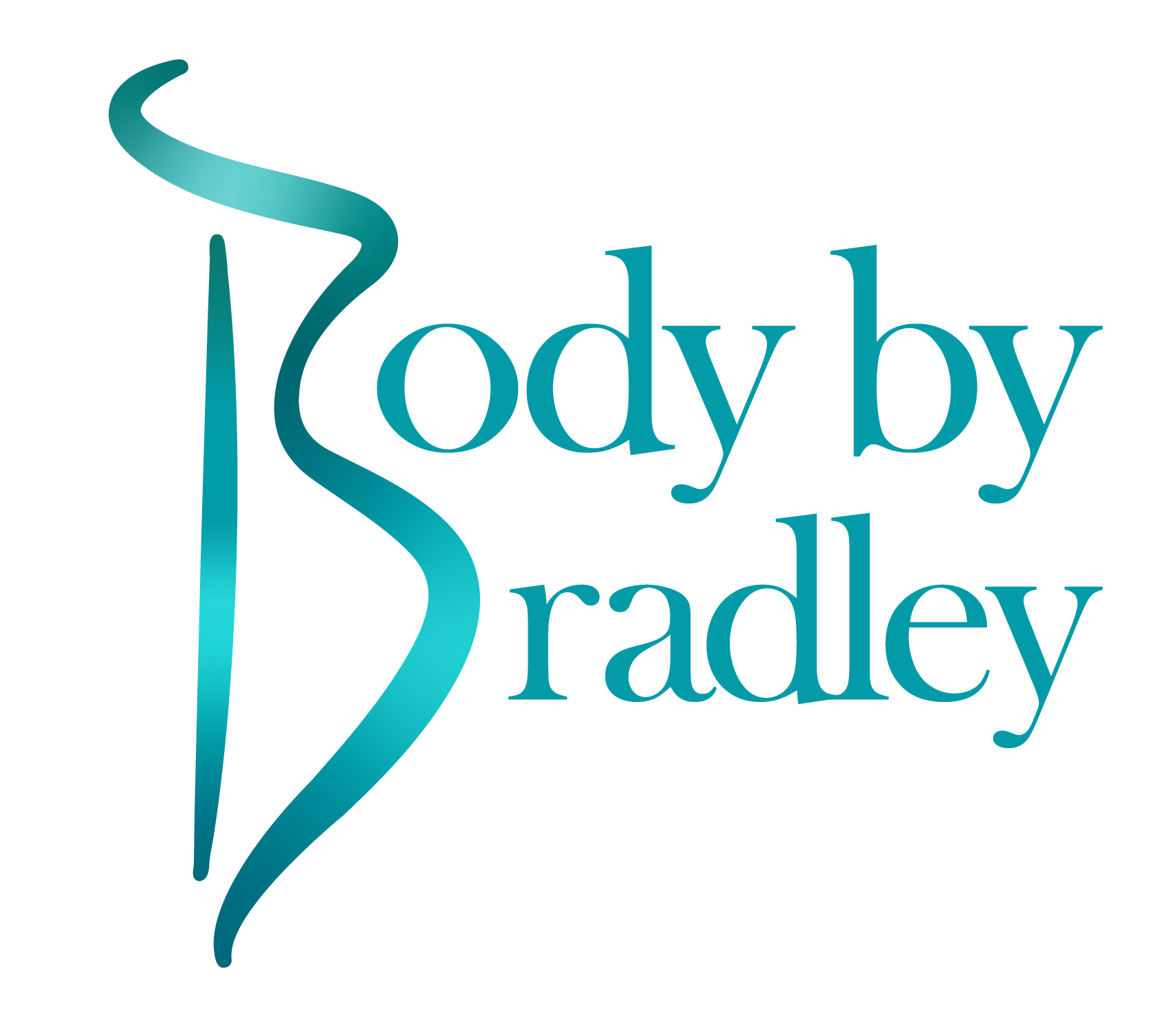I had a consultation yesterday regarding Breast implant revision. The patient had saline breast implants placed more than 12 years ago and was interested in her options for having the saline implants exchanged for silicone implants. She also wanted her breast contour improved stating that she would like to have her breasts made “more perky” ( a very common request, especially when dealing with implants which are this old). She wanted to be “slightly larger” as well. When considering these questions and options, the surgeon has to be precise in both pre-operative planning as well as the surgical execution.
Some of the more important aspects to be considered in the pre-operative planning takes into account the patient’s tissue characteristics (has there been weight gain or loss since the primary surgery? The laxity of the breast tissue, the quality/quantity of the breast). Also, has there been abnormal capsule formation (capsule is the scar tissue which forms around every breast implant. If there is an abnormal or excessive amount, the breast can become firm, displaced, even painful). While this list is not all inclusive by any means, it will serve to highlight the important aspects in this particular consult.
This patient did not need a breast lift (ie mastopexy) to provide her with “perky breasts”. She had developed significant capsules around the implants which caused the implants to displace superiorly. This in turn caused the “snoopy dog” deformity where the breast tissue falls off the implant. The surgical intervention required to correct this is a surgical capsulotomy (cutting and releasing the scar tissue. A capsulectomy is the surgical removal of the scar tissue). By releasing the scar tissue the implant resumes its proper position and the contour of the breast is markedly improved. In this patient a mastopexy would have been unnecessary and would have led to needless scarring and expense. Also, release of the scar tissue would be necessary if larger implants are to be utilized. If this is not done, the implants will be abnormally firm immediately post-op and will continue to be a problem. There is no substitute for correct surgical planning in these types of cases.
Taking in to account this patient’s tissue laxity, a high profile implant would provide more projection of the breast, thus increasing improving contour even more. High profile implants were not an option for patients many years ago. Just choosing the right implant shape can often times be enough to avoid mastopexy surgery. What a patient should avoid is going with an excessively large implant in order to obtain the projection to avoid a mastopexy. This type of surgical intervention can lead to disaster long term which may be very difficult to correct in the long run.
I hope I have provided alittle insight into the options regarding breast implant revision surgery. Of course the only way to know what each patient’s particular needs are is to have a detailed consultation with a qualified surgeon. Thanks for your time. Tim Bradley, M D

